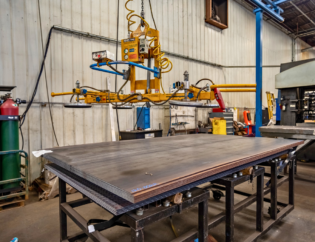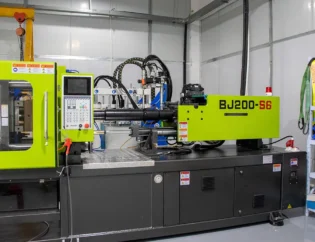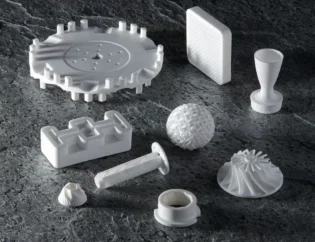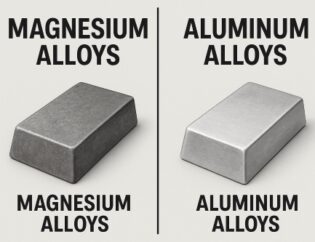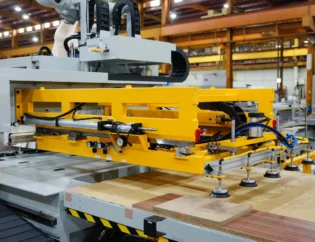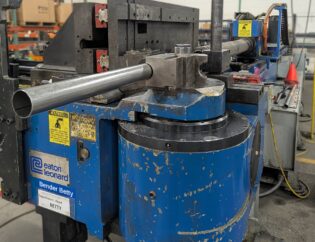In the world of manufacturing, CNC milling stands as a cornerstone of precision engineering. As industries evolve, the role of a CNC mill machinist becomes increasingly vital. This guide delves into the intricacies of CNC milling, offering insights into the skills, tools, and techniques that define this profession.
Readers can expect to explore the fundamentals of CNC machinery, programming, and operational best practices. Additionally, we will cover troubleshooting methods and maintenance tips to enhance productivity and ensure quality output.
Whether you are a novice looking to enter the field or an experienced machinist seeking to refine your skills, this guide will equip you with the knowledge necessary to excel in CNC milling. Join us as we navigate the fascinating world of CNC machining and uncover the secrets to becoming a proficient CNC mill machinist.
CNC Mill Machinist: A Comprehensive Guide
CNC (Computer Numerical Control) machining is a pivotal aspect of modern manufacturing, enabling the production of intricate parts with precision and efficiency. CNC mill machinists play a crucial role in this process, operating milling machines that cut, drill, and shape materials into specified designs. This guide will delve into the responsibilities, technical features, and various types of CNC mill machinists, providing a thorough understanding of this vital profession.
Understanding CNC Mill Machinists
CNC mill machinists are skilled technicians who operate CNC milling machines. They are responsible for interpreting blueprints, setting up machines, and ensuring that the final products meet exact specifications. Their work is essential in various industries, including aerospace, automotive, and medical manufacturing.
Technical Features of CNC Milling Machines
CNC milling machines come equipped with various features that enhance their functionality and precision. Below is a comparison table highlighting some of the key technical features of CNC milling machines:
| Feature | Description | Importance |
|---|---|---|
| Axis Configuration | Machines can have 3, 4, or 5 axes for complex shapes. | More axes allow for intricate designs. |
| Tooling Options | Various tools can be used, including end mills, drills, and reamers. | Different tools enable diverse machining tasks. |
| Speed and Feed Rate | Adjustable speeds and feed rates for different materials. | Optimizes machining efficiency and quality. |
| Control System | Advanced control systems (e.g., G-code) for precise operations. | Ensures accurate execution of designs. |
| Cooling Systems | Integrated cooling systems to prevent overheating. | Extends tool life and improves finish quality. |
| Automation | Some machines feature automated tool changers. | Reduces downtime and increases productivity. |
Types of CNC Mill Machinists
CNC mill machinists can specialize in various areas, each requiring specific skills and knowledge. The following table outlines the different types of CNC mill machinists and their primary focus:
| Type | Description | Key Skills |
|---|---|---|
| Setup Machinist | Prepares machines for production runs, including tool changes and setups. | Strong mechanical skills and attention to detail. |
| Production Machinist | Operates machines during production, ensuring quality and efficiency. | Proficiency in reading blueprints and quality control. |
| CNC Programmer | Writes and modifies CNC programs for machining operations. | Expertise in G-code and CAD/CAM software. |
| Maintenance Machinist | Responsible for machine upkeep and troubleshooting. | Mechanical aptitude and problem-solving skills. |
| Quality Control Inspector | Inspects finished products for adherence to specifications. | Detail-oriented with knowledge of measurement tools. |
The Role of CNC Mill Machinists
CNC mill machinists are integral to the manufacturing process. They ensure that machines are set up correctly, monitor operations, and maintain quality standards. Their responsibilities include:
– Setting Up Machines: Preparing machines for production by installing tools and fixtures.
– Reading Blueprints: Interpreting technical drawings to understand specifications.
– Operating Machines: Running CNC milling machines to produce parts.
– Quality Control: Inspecting finished products to ensure they meet required standards.
– Troubleshooting: Identifying and resolving issues that arise during machining.
Career Path and Opportunities
The demand for skilled CNC mill machinists is on the rise, with opportunities available across various sectors. According to data from www.indeed.com, the job outlook for CNC machinists is promising, with competitive salaries and potential for advancement. Many machinists start their careers with a high school diploma and pursue further education or training at institutions like www.uti.edu, which offers specialized programs in CNC machining.
Salary Expectations
Salaries for CNC mill machinists can vary based on experience, location, and industry. Entry-level positions may start around $40,000 annually, while experienced machinists can earn upwards of $60,000 or more, depending on their skills and the complexity of their work.
Conclusion
CNC mill machinists are essential to the manufacturing landscape, combining technical skills with precision to produce high-quality parts. As industries continue to evolve, the role of CNC machinists will remain critical, offering numerous career opportunities and the chance to work with cutting-edge technology. For those interested in pursuing a career in this field, resources like www.metalworkmasters.com and www.mykelly.com provide valuable insights and job listings.
FAQs
1. What qualifications do I need to become a CNC mill machinist?
To become a CNC mill machinist, a high school diploma is typically required, along with technical training in CNC machining.
2. What skills are essential for CNC mill machinists?
Key skills include mechanical aptitude, attention to detail, proficiency in reading blueprints, and knowledge of CNC programming.
3. What industries employ CNC mill machinists?
CNC mill machinists are employed in various industries, including aerospace, automotive, medical, and manufacturing.
4. How can I advance my career as a CNC mill machinist?
Advancing your career can involve gaining additional certifications, specializing in programming, or moving into supervisory roles.
5. What is the job outlook for CNC mill machinists?
The job outlook for CNC mill machinists is positive, with increasing demand for skilled workers in the manufacturing sector.


